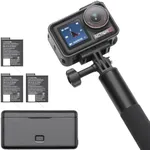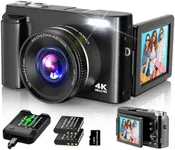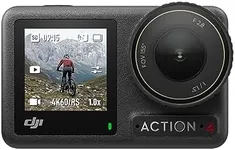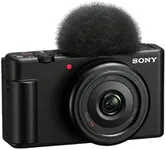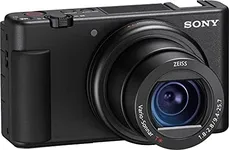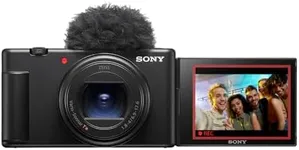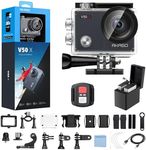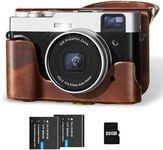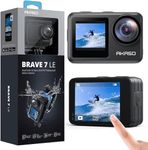Buying Guide for the Best Vlog Cameras
Choosing the right vlog camera is all about matching your filming style and needs with the camera’s features. Vloggers need a camera that’s easy to use, portable, and delivers great video and audio quality. Think about where you’ll be filming most often—indoors, outdoors, on the go, or in a studio—and what kind of content you want to create. The right camera will make your vlogging experience smoother and help your videos look and sound more professional.Sensor SizeThe sensor is the part of the camera that captures light and turns it into an image. Larger sensors generally produce better image quality, especially in low light, and give you more control over background blur. Common sensor sizes include 1-inch, Micro Four Thirds, APS-C, and Full Frame. Smaller sensors (like 1-inch) make cameras more compact and are good for travel or casual vlogging, while larger sensors (APS-C or Full Frame) are better for cinematic looks and low-light shooting. Choose a sensor size based on how much you value image quality versus portability.
Video Resolution and Frame RateVideo resolution refers to how detailed your videos will look, with common options being Full HD (1080p) and 4K. Frame rate is how many frames per second the camera records, affecting how smooth your video appears. 1080p is usually enough for most online platforms, but 4K gives you sharper footage and more flexibility for editing. Higher frame rates (like 60fps or 120fps) are useful for slow-motion shots. Pick the resolution and frame rate that match your editing needs and the style of your vlogs.
Autofocus PerformanceAutofocus helps keep you in sharp focus while you move or talk to the camera. Good autofocus is crucial for vlogging, especially if you film yourself a lot. Some cameras have fast and reliable autofocus that tracks faces and eyes, while others may be slower or less accurate. If you plan to move around or vlog solo, look for a camera with strong autofocus performance to avoid blurry footage.
StabilizationStabilization reduces shakiness in your videos, which is important if you film while walking or holding the camera by hand. There are two main types: optical (in the lens or sensor) and digital (in the camera’s software). Optical stabilization is usually smoother, but digital can help too. If you plan to vlog on the move, prioritize a camera with good stabilization to keep your footage steady and watchable.
Audio Quality and Microphone InputClear audio is just as important as good video. Some cameras have decent built-in microphones, but many vloggers prefer using an external mic for better sound. Check if the camera has a microphone input, which lets you plug in an external mic. If you’ll be filming in noisy places or want professional sound, make sure your camera supports external microphones.
Flip ScreenA flip screen is a display that can rotate or tilt so you can see yourself while filming. This is especially helpful for solo vloggers who need to check framing and focus. Some screens flip out to the side, while others tilt up or down. If you plan to film yourself often, a camera with a flip screen will make your vlogging much easier.
Portability and WeightPortability refers to how easy it is to carry the camera around. Lighter and smaller cameras are easier to take with you everywhere, which is great for travel or daily vlogging. Heavier cameras may offer better image quality but can be tiring to hold for long periods. Think about how much you’ll be carrying your camera and choose one that fits your lifestyle.
Battery LifeBattery life determines how long you can film before needing to recharge or swap batteries. Some cameras last for hours, while others may need frequent charging. If you plan to vlog for long stretches or while traveling, look for a camera with good battery life or the option to use external power sources.
